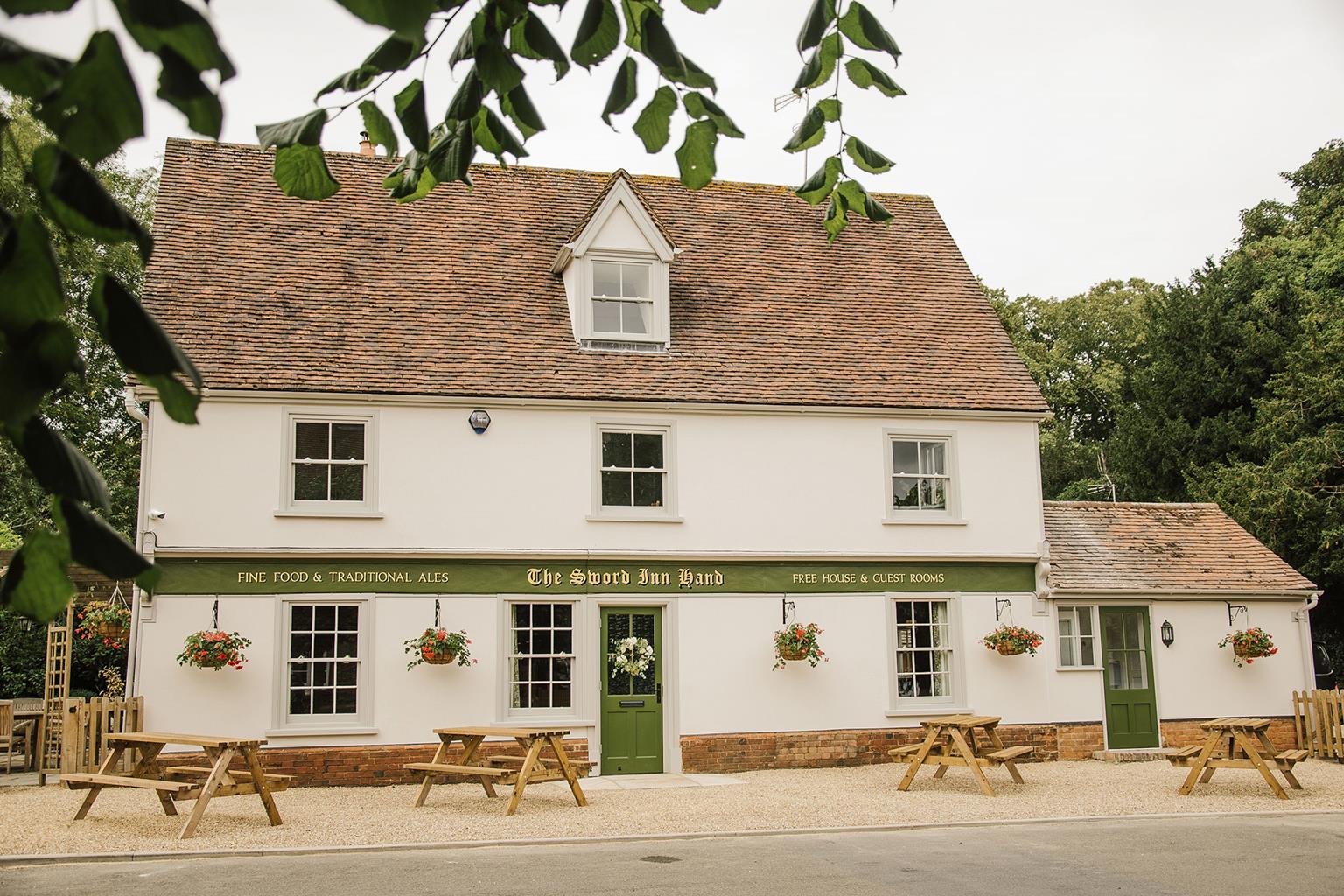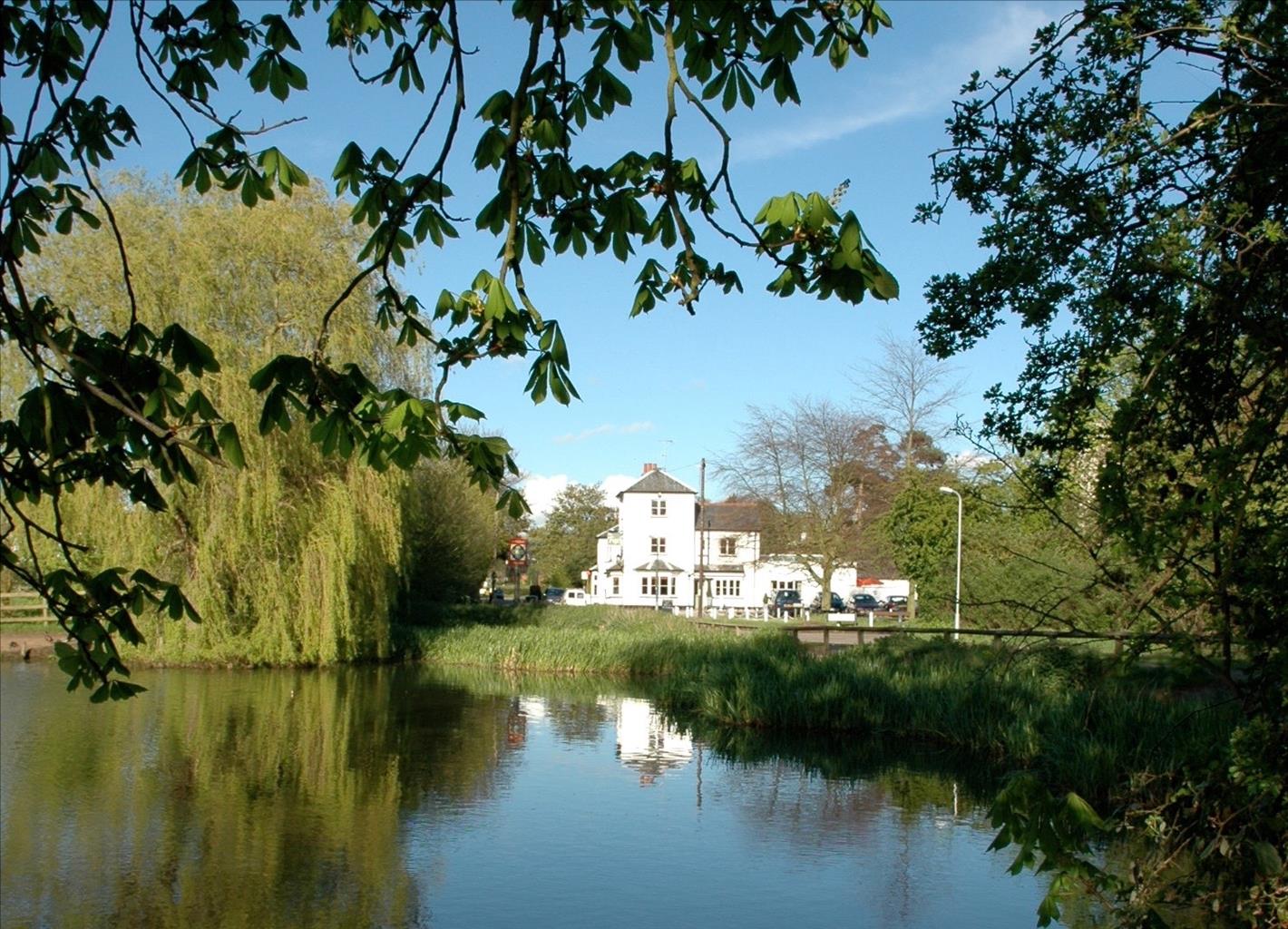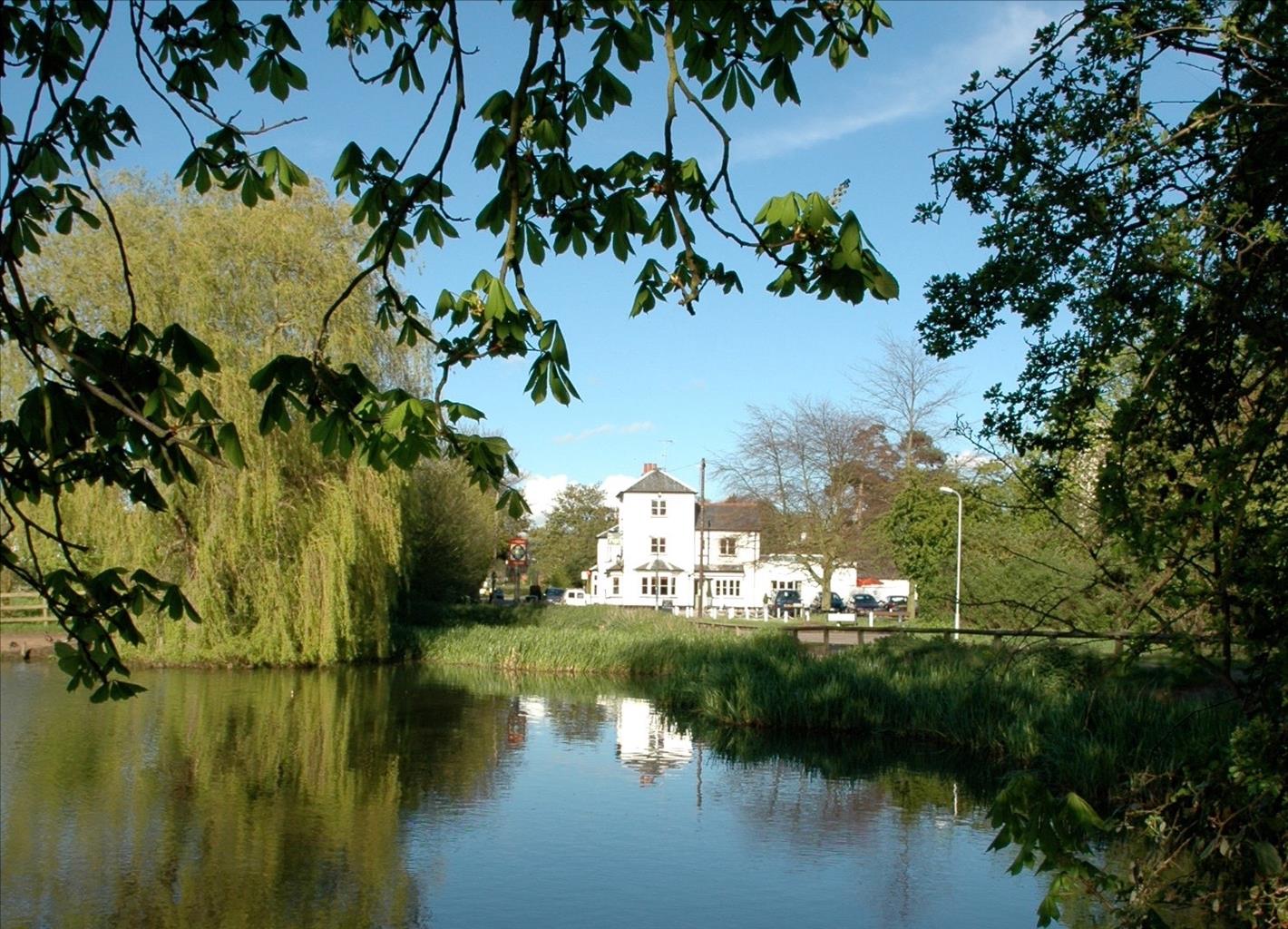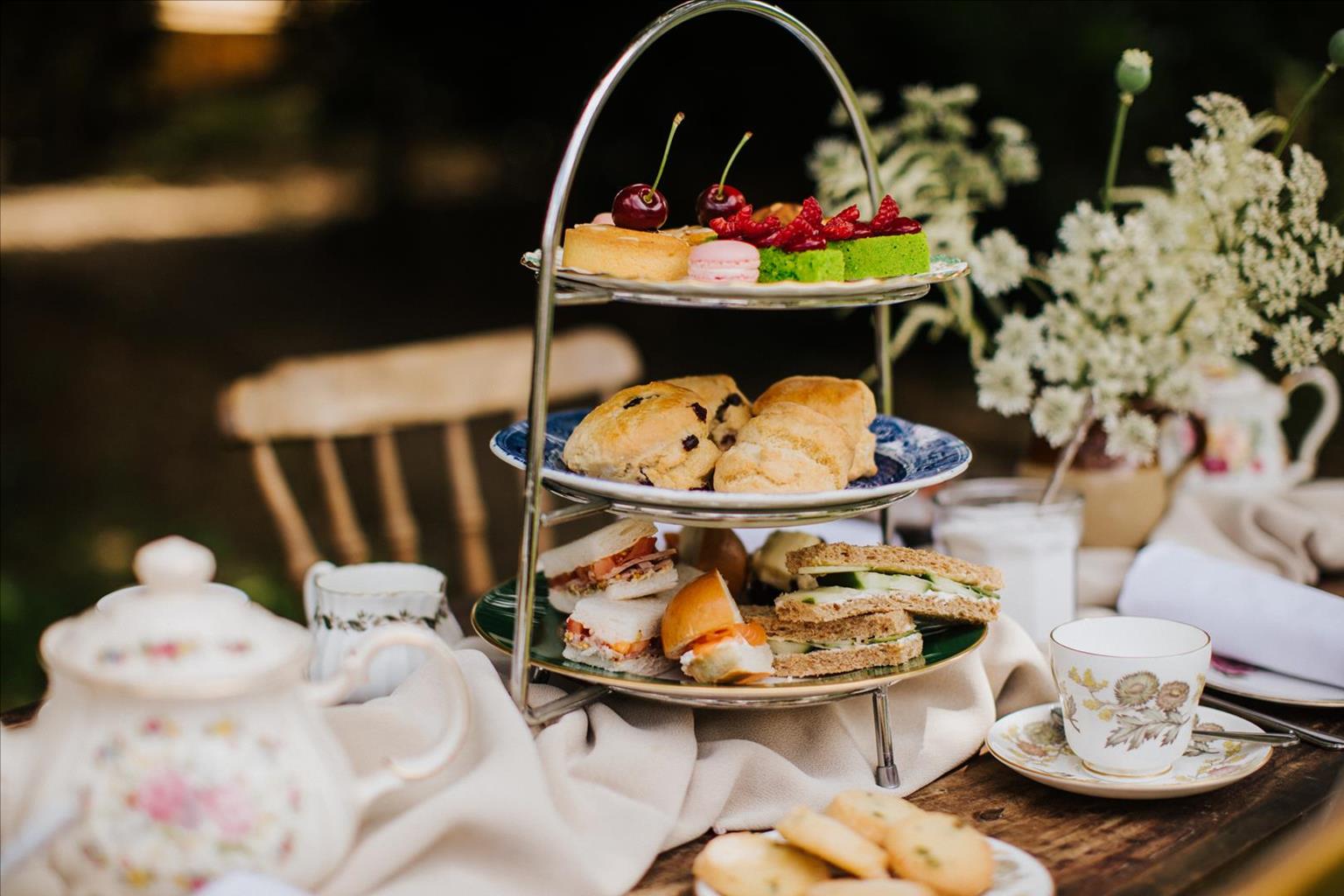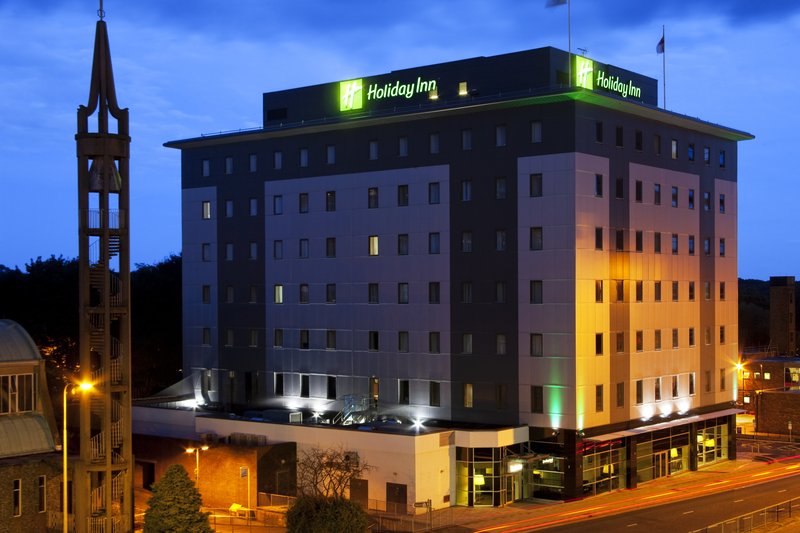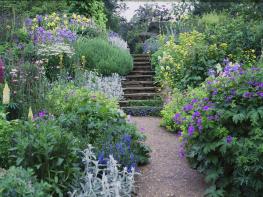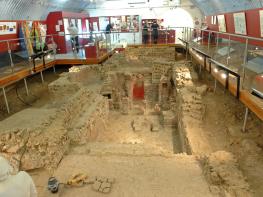Holiday Inn Stevenage is situated in the heart of the town centre and just 25 minutes from…
Farming heritage in Ardeley

6.5 miles (10.4kms)
About the walk
Ardeley is one of many unspoilt and peaceful villages in Hertfordshire, with its duck pond, ancient church, pub and thatched houses bordering the village green. Surprisingly, these character houses were designed and created far more recently – in 1917 – by two visionaries: John Howard Carter, lord of the manor at Ardeley Bury and a local vicar. They replaced a mansion called Ardeley Place which was demolished in the mid 19th century. By 1919 the village hall, which has a Tuscan columned portico, had been added together, with the nearby octagonal-roofed well-house which provided the water supply. It was perhaps a strange time to begin building; the Great War was raging and some Ardeley men were never to return, yet above one of the houses is the inscription: Auspicium melioris aevis, meaning 'A sign of better times'.
In AD 900 the land on which the village and Church Farm stands was given to the Canons of St Pauls Cathedral in London by the first King of England, Athelstan, who was Alfred the Great’s grandson. For the next 1,000 years, the wealth from this land helped to maintain the cathedral and the canons who no doubt also enjoyed the fine malt grown and produced here by the villagers. Until 1958 Church Farm was owned by a milkman and the land here was still being ploughed by horses in 1998.
It’s an eco-friendly environment set in more than 175 acres (71ha) where the owners have created three new ponds to attract wildfowl and planted five woodland areas since 1999. One of the mature woods is Squitmore Spring Wood, a name derived from ‘squit’ or squitch’, which is a local word for a woody, strong-rooted type of couch grass. The farm has an 8-acre (3.2ha) fruit orchard as well as a 2-acre (0.8ha) soft fruit enclosure. Animals bred here include black Welsh mountain sheep, Berkshire pigs, Norfolk turkeys and East Anglian red poll cattle.
Grade I-listed St Lawrence Church dates from the 13th century and has a magnificent rood erected in 1928 by the son of John Howard Carter in memory of his father. He had the figures carved in an Italian village near Perugia. The six bells in the church are said to be the oldest and finest in Hertfordshire and one of the inscriptions reads: ‘John Dier made me in 1587’. The oldest bell is thought to have rung at the victory of Agincourt and if this is so it has been ringing for almost 600 years.
Walk directions
Facing the church turn left and walk past the Jolly Waggoner into The Close, then turn left at the public footpath sign to Back Lane. Follow the right-hand field-edge path, which curves first left and then right at waymarkers. Go through the hedge gap and then straight across an arable field. Cross a farm track and bear right across grass. Go through a kissing gate and across a horse paddock. In the paddock’s far right corner is another kissing gate leading on to a track (Back Lane).
Turn right along this byway, the old Roman Road, and continue for 1.5 miles (2.4km) during which time you will cross a plank footbridge and a farm track before the path narrows.
Go over a low barrier and almost immediately turn right to go over another one. The byway is hedge-lined and later runs alongside arable fields with the Old Bourne Brook over to the right. At the end of the undulating path is a lane.
Turn right towards Wood End and follow the road as it descends to cross the brook and later passes Highbury Farm and Mandra Barn. Where the road bends sharply to the right at a triangular green, keep ahead along a ‘no through road.’ This becomes a track near Lites Farm.
At the fork bear right, past a bungalow, and keep ahead bearing left at the next fork and straight on at the footpath crossing by a fingerpost.
At a farm track by a footpath junction, go straight ahead to pass beside a metal gate by a ‘Circular Farm Walk’ sign. The hedge-lined bridleway passes to the left of Squitmore Spring Wood and after 150yds (137m) passes a metal gate.
Turn right here waymarked ‘Ardeley’ and soon you will see the spire of Ardeley's church and the fruit orchards of Church Farm over to the right. At the road turn right uphill to return to the church.
Additional information
Field-edge paths, tracks and country lanes
Rolling countryside and farmland
Keep on lead through paddocks and Church Farm
OS Explorer 194 Hertford & Bishop's Stortford
On roadside by the church in Ardeley
None on route
WALKING IN SAFETY
Read our tips to look after yourself and the environment when following this walk.
Find out more
Also in the area
About the area
Discover Hertfordshire
As Hertfordshire is so close to London, many of its towns have become commuter havens. St Albans, less than 19 miles (30km) from the capital, has retained its distinctive character, along with many historic remains. The Roman city of Verulamium is situated in a nearby park, and excavations have revealed an amphitheatre, a temple, parts of the city walls and some house foundations. There are also some amazing mosaic pavements.
The abbey church at St Albans is thought to have been built on the same site where St Alban met his martyrdom in the 3rd century. The abbey was founded in 793 by King Offa of Mercia, and contains the saint’s shrine, made of Purbeck marble. Lost for years, it was discovered in the 19th century, in pieces, and restored by the designer of the red telephone box, Sir Giles Gilbert Scott. The abbey also contains some wonderful medieval wall paintings. Nicholas Breakspear was born in St Albans, the son of an abbey tenant. In 1154 he took the name Adrian IV, and became the first, and so far only, English pope. Another famous son of Hertfordshire was Sir Francis Bacon, Elizabethan scholar and Lord High Chancellor, born in Hemel Hempstead in 1561.
Nearby stays
Restaurants and Pubs
Nearby experiences
Recommended things to do
Why choose Rated Trips?
Your trusted guide to rated places across the UK
The best coverage
Discover more than 15,000 professionally rated places to stay, eat and visit from across the UK and Ireland.
Quality assured
Choose a place to stay safe in the knowledge that it has been expertly assessed by trained assessors.
Plan your next trip
Search by location or the type of place you're visiting to find your next ideal holiday experience.
Travel inspiration
Read our articles, city guides and recommended things to do for inspiration. We're here to help you explore the UK.


